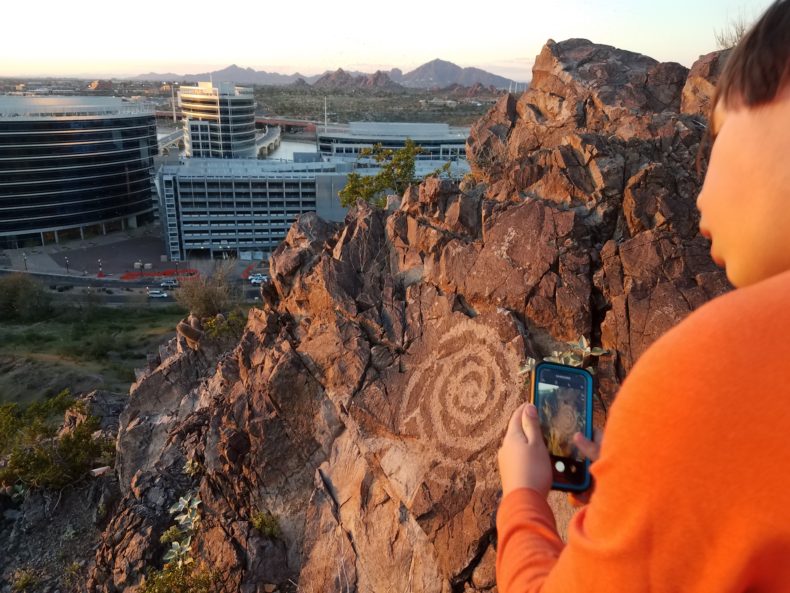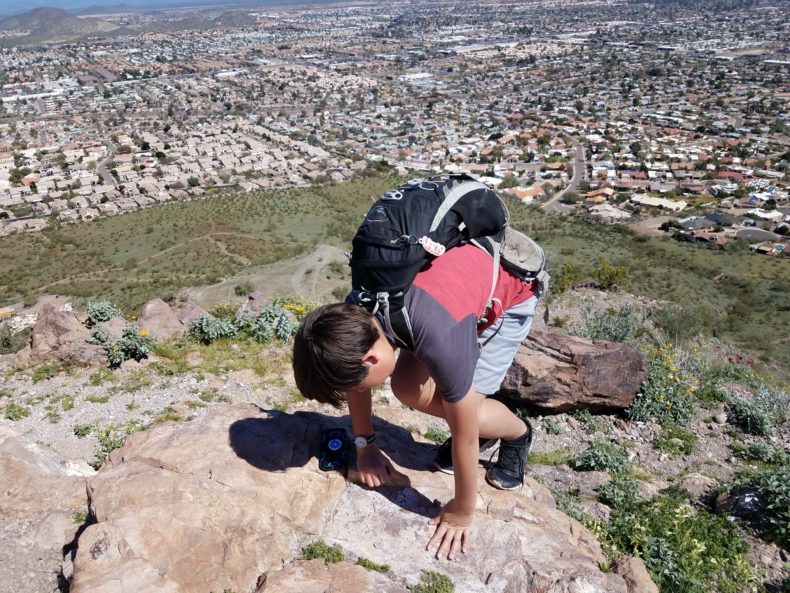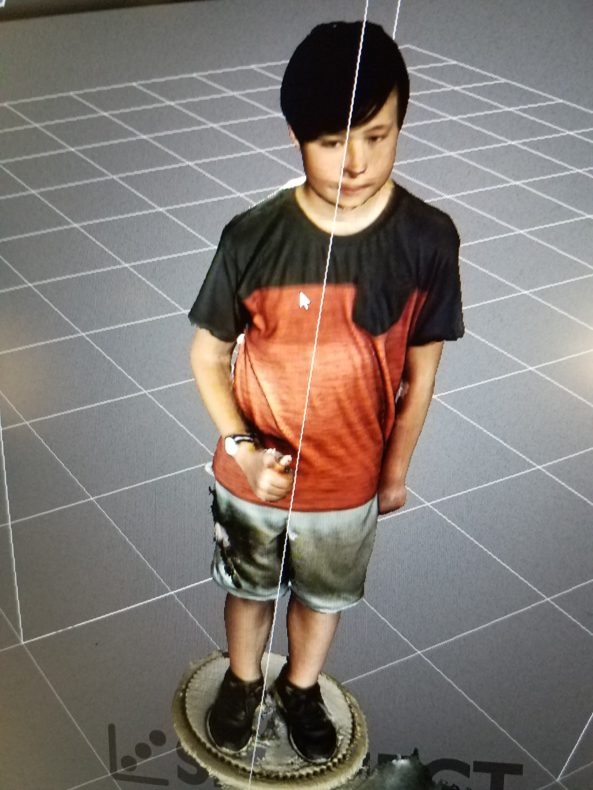
I pulled my 6th grader out of school for a week to hit the road. I adore his public school teachers. They work their hearts out. But an oversized shoebox of a classroom is not enough to contain the curiosity or educational needs of kids who know there’s a real world out there that you can taste, touch, and smell.
In the 2010-11 school year, 51% of school districts nationwide reported eliminating field trips, according to a survey of the American Association of School Administrators. The numbers of field trips nationwide have continued to decline. They have been replaced by increased standardized testing.
The U.S. Travel Association conducted a study of 400 American adults, half having taken an educational trip away from home and school between the ages of 12 and 18, half who hadn’t. Regardless of gender, ethnicity or socioeconomic status, kids who went on trips had better grades, higher graduation rates from high school and college, and greater income. You see why I had to get him out. I’m a fan of school and good grades, but a much bigger fan of being on the ground. The brain works better out here.
We picked Phoenix, Arizona, as our location, and spent some of our days walking across the city using a chain of inner city mountain ranges, something that most people in this metropolitan area could do; free and relatively easy to access. Not a lot of discipline was involved, nothing particularly rigorous about our studies in local geology or the archaeological history of the region as we crossed through rocky saddles and climbed summit after summit, the city roaring around us. Our bodies worked. We sweated. We found gravel washes where we could lie in palo verde shade and nap.

I had worked with archaeologists at sites I could point to from mountain sides, telling my son about their finds, ancient burials excavated from beneath asphalt parking lots, painted jars, pre-Columbian irrigation canals. I didn’t have him take notes. I figured he’d absorb what was relevant. His learning was interest-driven, not teacher and curriculum driven. When we found petroglyphs high above the city, he pulled out his phone and documented.
In between mountain walks, we went into the city. I gave a talk along with a Native American scholar to a grad course at Arizona State University, and my son sat in the back of the class listening as the conversation ranged from landscape and architecture to cultural assimilation. Most parents might not have access like this, but there are always back doors and unexpected possibilities. Call it, Take Your Kid to Your Professor-Friend’s Class Day. My presence was an excuse for my son to be there.
Another day we visited the university’s art facilities. A sculptor showed us a 3D full body laser scanner built by hand with wood, PVC, and a cheap game-box scanner. A wrench was tied on as a counterweight lifting the scanner up a vertical rail. The sculptor said the machine cost $500 to build, many thousands less than anything that could be bought. As he was scanned head to toe, my boy turned slowly on a circular rotating platform, also made by hand. I wanted him to see that this is how people can make technology, how invention happens. Fifteen minutes later, a laser replica of him appeared on the laptop screen.
What he picked up from this trip I can’t say. I didn’t implement a test afterward. Maybe few academic details found permanent residence in his head. Maybe the grad school class was mind-numbingly boring. But he saw more of the world than he could in his daily classroom. What he learned came with new smells and decisions, crossing under busy streets through culverts, slipping behind neighborhoods to reach the next mountain. I wanted him to see there is more out here than four walls and the bell for the next hour. If you’re going to grow up and make a way in this world, you should have some idea of its wide-ranging possibilities. A week, a day, an hour. Anything helps. You never know what will stir the future.

Photos by Craig Childs
Nice. Some good lessons there and experiences he will likely remember forever. Not the least of which was time with his dad.
We home schooled our daughter for four years. Two years were through an excellent home school program with four “teachers” who held classroom as well as home school credentials. That program provided lots of freedom and fields trips, small group one-day classes, and short term classes, one of which was horse riding. That class turned my daughter’s life around forever. The philosophy was unschooling and student-guided. Best two years of my if not my daughter’s educational life. After catching up with one of her old schoolmates, she told me that if we hadn’t home schooled, she would be as jaded as her friend. Craig, I’ve said this before and I’ll say it again: you kids are the luckiest boys in the world.
This is the very best style of education at home, or rather, on the road, self-driven. We tried to do this as often as we could for sixteen years. I’m grateful for the memories.
Agree. New connections and growth for kids!